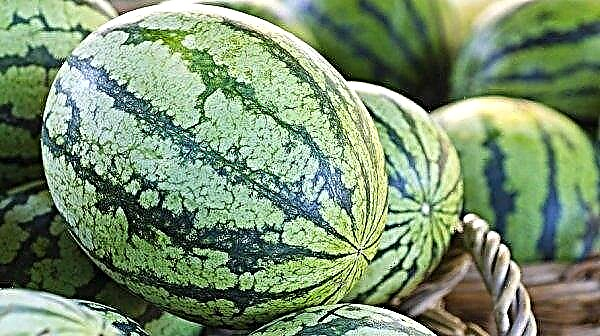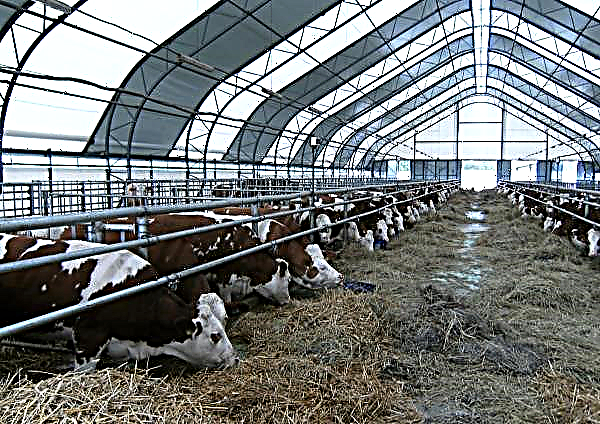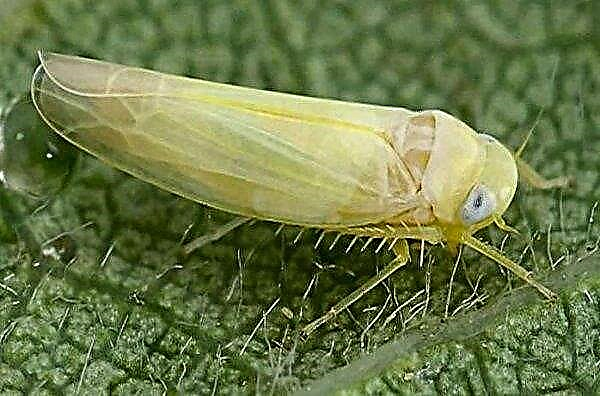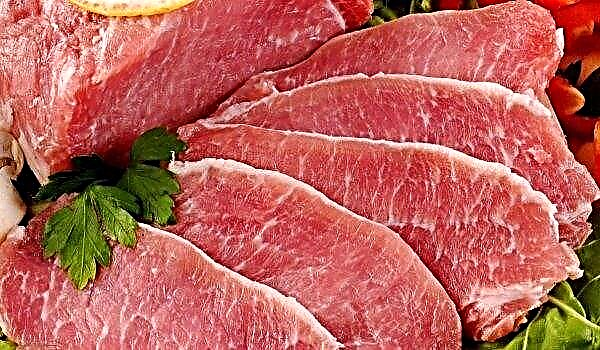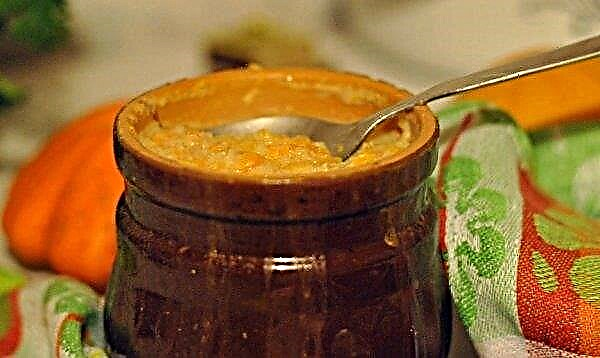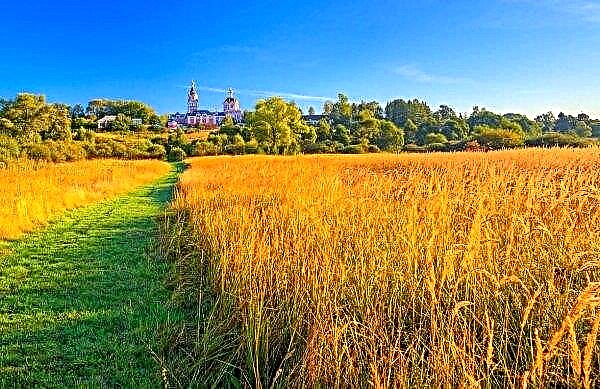Ascetic winter wheat is considered relatively young, but has already proven itself due to its large and stable yield. Due to its high quality and good characteristics, this culture is often used by farmers. Next, you will learn about the botanical description and history of the variety, its advantages and disadvantages, as well as key distinguishing features.
History of occurrence
Ascetic winter wheat was bred in Rostov by crossing two varieties - Stanichnaya and Dar Zernograd. The originator of this culture is GNU VNIIZK them. I. G. Kalinenko, and among the authors are the names of famous scientists and experienced farmers. Since 2011, is listed in the SDDS of the Russian Federation in the North Caucasus region, and is also protected by a patent. According to the registry, Ascetic is allowed to grow in the Lower Volga region of the Russian Federation, as well as in the Rostov region.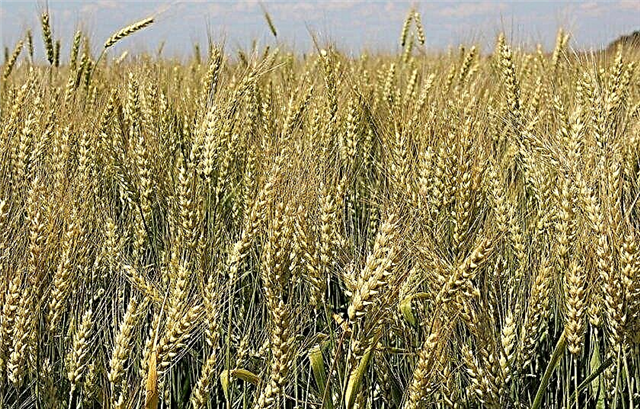
Botanical Description
A distinctive feature of this winter wheat is a white ear and red grain. The bush of the plant is semi-erect and can reach a height of about 92–102 cm - this is medium-sized wheat. Ascetic’s grain is medium in size, and the mass of 1000 seeds is in the range of 35.7–45.4 g. The ear has a light color, close to white, and its shape resembles a spindle: narrow in the middle, and the bottom and top slightly wider. The awns of this variety are rather short, and the shoulder is straight, of medium size.
Important! To maintain high yields of this variety should be selected for sowing territory with a good agricultural background.
Variety Characteristics
Important indicators characterizing the advantages of this variety are yield, grain quality, resistance to the influence of various environmental factors, as well as the timing of sowing. Ascetic refers to high-yielding, soft, drought-resistant, frost and heat-resistant winter crops with a high protein content in the grain. Thanks to the latest quality, this variety is valuable.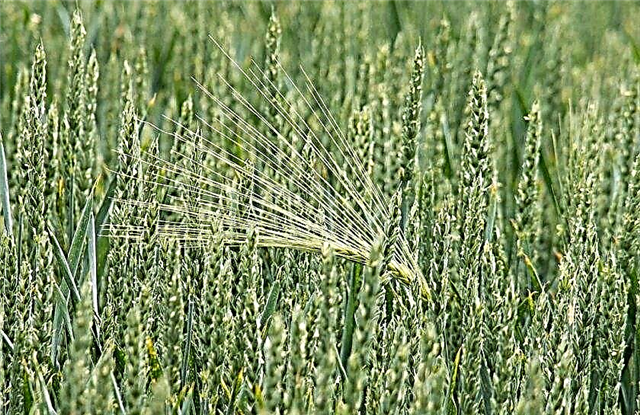
Productivity
Ascetic wheat has the highest yield in comparison with similar new varieties of winter. The maximum value is about 63.3 c / ha - approximately 12.8 c / ha more than standard crops. The average yield of this crop is considered to be 44.4 c / ha.
Did you know? In England, a farmer in 2015, Rod Smith harvested 16.52 t / ha of winter wheat from a field, spending 310 kg / ha on fertilizing and cultivating the field. This effective strategy helped him achieve an extremely high result for this region.
According to the growing territory, the statistics is such that the yield is higher than the standard Don 95 and Ermak in the Rostov region by 1.8 c / ha; in the southern regions of the oblast and in the Priazovskii district, for non-steam predecessors, the increase was 5 kg / ha with a yield of 41.4 kg / ha and 37.2 kg / ha. The best yield results for Asket winter wheat were recorded in 2009 in the Stavropol Territory and amounted to 82.8 c / ha.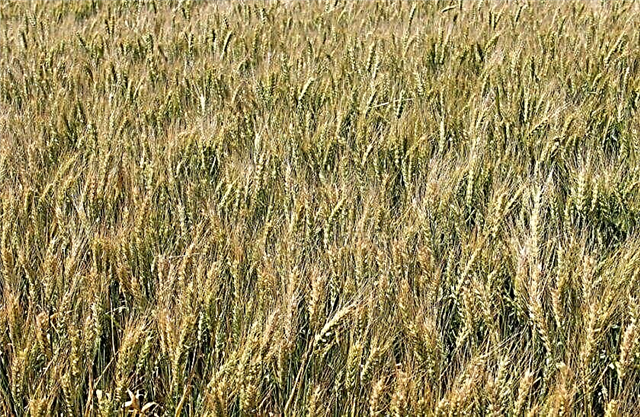
Growing season
The variety is mid-early. The growing season is 231–276 days. Ascetic matures in the same time frame as Don 95.
Grain quality
The properties of Ascet winter wheat during processing into flour, as well as during baking of finished products comply with the requirements of state standards that apply to valuable varieties of wheat. Nature is 802–829 g / l, protein - 13.1-15.09%. Gluten is contained in the grain, the volume of which is about 24.9-30.3%.
Important! In order to prevent and protect against various diseases, it is necessary to timely treat plants with special insecticidal preparations.
Sustainability
This variety withread highly resistant to damage by the most common diseases: brown rust and dusty smut. Less resistant to Septoria, as well as powdery mildew. As for climatic conditions, Ascetic is unpretentious, tolerates well drought and heat, as well as severe frosts.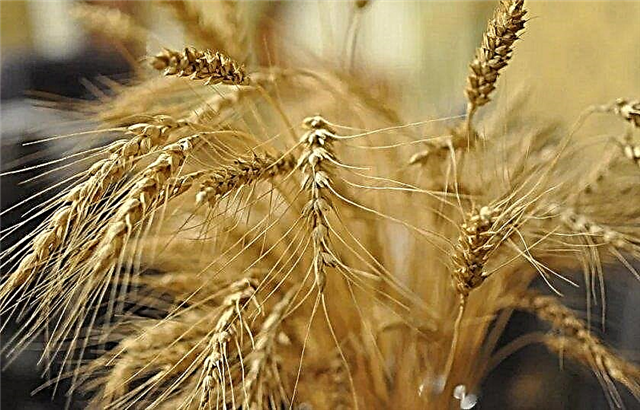
Sowing dates and region for growing
The most suitable periods for sowing are those that are suitable for climatic zones of planting. This winter wheat is suitable for sowing in the North Caucasus and Lower Volga regions on lands with a high and medium agricultural background. As for the Rostov region, this variety can be sown on both steam and non-steam territories.
Seeding rates
The seeding rate is considered to be 5–5.5 million seeds per 1 ha of land. The grain is embedded in the soil by 3 cm with heavy types of soil. If the soil is sandy, then the recommended seeding depth is 5–8 cm. After sowing, the territory is rolled up so that the necessary moisture level and air access are preserved in the ground.
Did you know? The NewHolland CR 10.90 combine harvested about 798 tons of wheat in 8 hours of operation. Thus, it was possible to improve the previous result of the same organization: 551 tons in 8 hours, and the representatives of the Guinness Book of Records recorded the new one.
Advantages and disadvantages of the variety
- Ascetic winter wheat variety has several advantages, which justifies its popularity among farmers, namely:
- Adapted to changing weather conditions: this variety is classified as medium resistant, and is also characterized by a significant degree of environmental plasticity. The latter indicator indicates that Ascetic is able to grow normally in conditions of slight deviations from his ideal environment, for which he is recommended.
- High quality grain. Thanks to these characteristics, Ascetic belongs to valuable wheat.
- Stable harvest. In dry years, the increase in this wheat is always greater in comparison with other varieties.
- Resistant to lodging. However, it is important to clarify that lodging is possible with a high amount of precipitation on soils with a high agricultural background.
- Generally resistant to damage to major diseases.
Almost the only drawback of this winter variety is the need for chemical treatment with fungicides to protect against pests. Seed is cultivated initially, and later the seedling field. Such measures are important for maintaining a good harvest, and also provide protection from pests and diseases, but are still considered chemical treatment and, possibly, can cause harm to human health if performed incorrectly.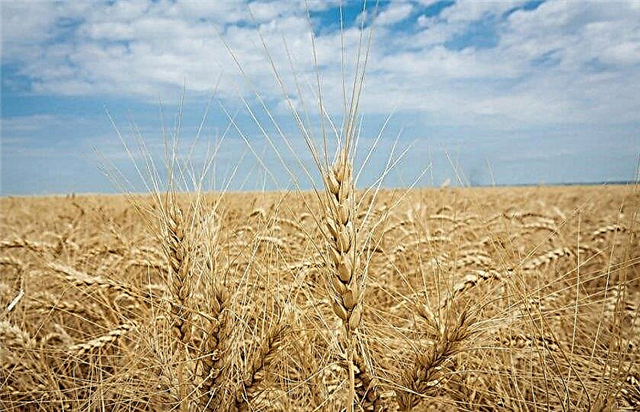 Ascetic, thanks to its high characteristics, is able to produce a large and stable crop. Resistance to major diseases, as well as to changes in atmospheric processes. Good milling and baking indicators quite strongly distinguish this wheat from its like. In a short time, this young variety managed to gain popularity among farmers.
Ascetic, thanks to its high characteristics, is able to produce a large and stable crop. Resistance to major diseases, as well as to changes in atmospheric processes. Good milling and baking indicators quite strongly distinguish this wheat from its like. In a short time, this young variety managed to gain popularity among farmers.



